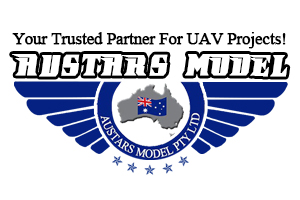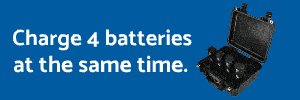A member just posted this in Mavic and don't see it here so am C&Ping it here /
Today on the FAA website:
On January 14, 2019, U.S. Department of Transportation Secretary Elaine L. Chao announced proposed new rules and a pilot project to allow unmanned aircraft systems (UAS), or more commonly called drones, to fly overnight and over people without waivers under certain conditions and to further integrate drones safely into the national airspace system.
Secretary Chao's Transportation Research Board Annual Meeting Remarks
DRAFT NPRM--Operation of Small Unmanned Aircraft Systems over People (PDF)
These proposed changes to Part 107 would attempt to balance the need to mitigate safety risks without inhibiting technological and operational advances.
DRAFT ANPRM--Safe and Secure Operations of Small Unmanned Aircraft Systems (PDF)
The FAA will seek public input to identify major drone safety and security issues that may pose a threat to other aircraft, to people on the ground or to national security as drones are integrated into our national airspace.
Today on the FAA website:
On January 14, 2019, U.S. Department of Transportation Secretary Elaine L. Chao announced proposed new rules and a pilot project to allow unmanned aircraft systems (UAS), or more commonly called drones, to fly overnight and over people without waivers under certain conditions and to further integrate drones safely into the national airspace system.
Secretary Chao's Transportation Research Board Annual Meeting Remarks
DRAFT NPRM--Operation of Small Unmanned Aircraft Systems over People (PDF)
These proposed changes to Part 107 would attempt to balance the need to mitigate safety risks without inhibiting technological and operational advances.
DRAFT ANPRM--Safe and Secure Operations of Small Unmanned Aircraft Systems (PDF)
The FAA will seek public input to identify major drone safety and security issues that may pose a threat to other aircraft, to people on the ground or to national security as drones are integrated into our national airspace.






